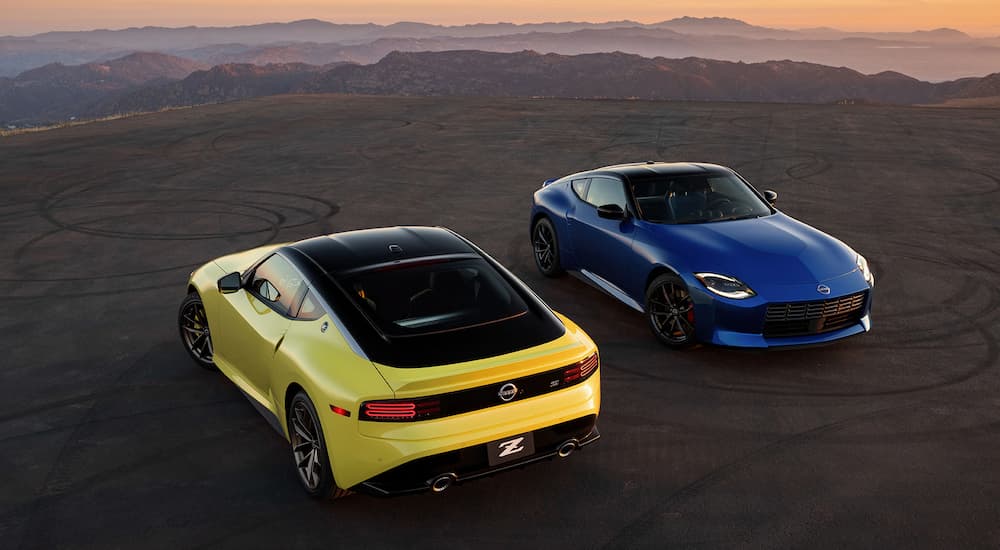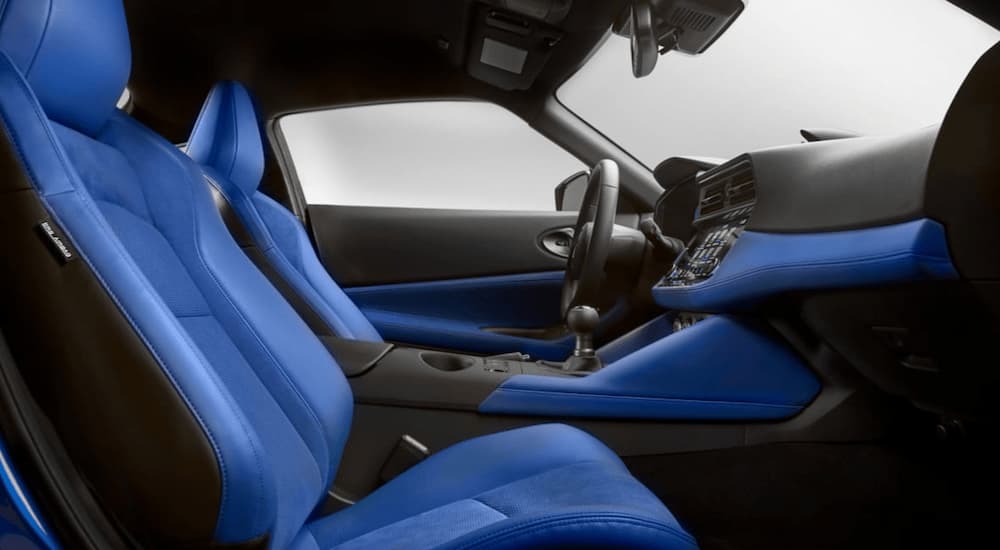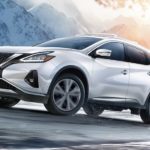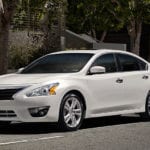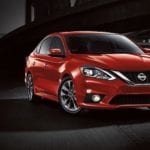Nissan holds a special place in my mind, and I was reminded just how much by the announcement of the upcoming 2023 Nissan Z. Like most young boys, I was very interested in the vehicles that my family owned, and that got me thinking, what was the first vehicle that my parents ever owned? Even at a young age, this kind of question filled my curiosity, and once I asked my mom, she told me that her first vehicle was a Datsun.
Curious, I asked her what a Datsun was as the brand was not all familiar to me, and she showed me some pictures of her vehicle. She called it her dream vehicle; it was one that she worked tirelessly all summer for. As a teenager, this meant more freedom and the ability to drive her friends around. After my mom explained to me why she enjoyed her Datsun so much, I asked her how much she spent on the model. She then told me the story about an older gentleman who took articulate care of the vehicles in his spotless garage with not a speck of dust in sight.
My mother and her father (my grandfather) walked into the man’s garage after reading a listing in the local newspaper, and they were astonished at what they saw. This man was selling a used 1982 Datsun in 1986 for only $2,000. Adjusted for inflation, this is almost five grand by today’s standards. In 1986, this was a price my mother was happily willing to pay for a vehicle that many would only dream of for their first vehicle.
The moniker Datsun would be in my mind for a while until I decided to do some research on it. While Datsun might not be a brand name we are all familiar with, almost everyone does know the brand Nissan. Nissan is the current parent company of this much older brand. With that out of the way, let’s begin talking about the history of Datsun and how it got us to where we are today.
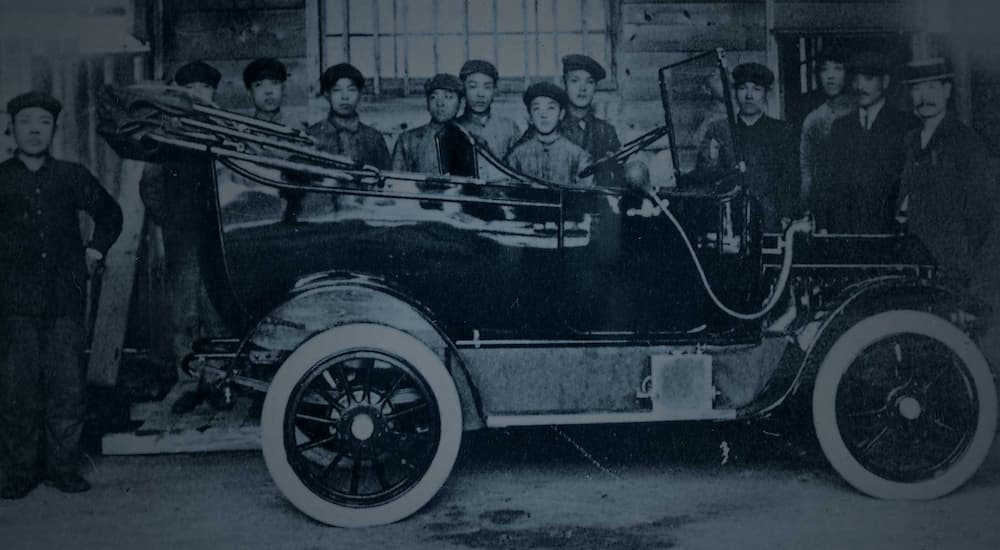
The Origins
Like many other manufacturers out there, the roots of Datsun can be traced back to Japan in the early 20th century. The very beginning of the story starts in the year 1911 with engineer Masujiro Hashimoto opening his company for the very first time. Only a short few years later, Japan was treated to their very first automobile produced with Hashimoto at the helm. Growth was understandably slow as automobiles were still being introduced in various countries, many of which were out of the price range of the average citizen for quite some time. However, things began expanding for the small manufacturer, and in 1926, the company experienced its first merger, and the result was the DAT Jidosha Seizo Company.
Before we go forward, I wanted to touch upon how Datsun got its name in the first place. We mentioned that the first vehicle that would become commercially available from the manufacturer came out a few years after the company opened its doors. This was in 1914, and the vehicle that was released was known as the DAT-GO in Japan. According to Datsun, the letters DAT are an abbreviation, and they claim this stands for “Durable. Attractive. Trustworthy.”
To summarize, the first vehicle was called the DAT, so naturally, they needed a catchy and clever name for its successor. This name would be the “Dat-son” according to Datsun, to indicate it’s within the same family as their original automobile. The manufacturer claims that this was the inspiration for the name we have today.
Once the 1930s came around, the industry began to shift as more drivers hit the road, and Datsun vehicles would from then on be under the helm of the Jidosha Seizo Company. About one year later, drivers in countries other than Japan would get their first look at these automobiles. However, North America was yet to be included in this list.
Things would begin to slow down quite a bit until the mid-1950s, and new automobiles began appearing from Datsun. The first of these vehicles was the Datsun 110, and its successor would follow two years later, this being the Datsun 210. Shortly after this, the Datsun 210 became the very first Datsun model to be sold in the North American market, and its successor, the 310, would launch another couple of years later.
An Imminent Rebranding
Datsun vehicles would continue to rise in popularity over the next several decades, but a rebranding was imminent. As we said earlier, Nissan eventually would serve as the parent company to Datsun, and it had been a part of the manufacturer’s existence as far back as the 1930s. However, around the early 1980s, the rebranding that I just mentioned was in the form of the Datsun moniker being shelved in favor of vehicles that would simply hold the name ‘Nissan.’ This was mostly done to simplify things as congealing all of its subsidiaries into one cohesive manufacturing line made things far easier as popularity began to grow. According to Datsun, this change would occur once it had sold over 20,000,000 vehicles, which is quite an accomplishment for any manufacturer.
The automotive industry kept going, but the name Datsun would fade away, soon to be formally recognized as Nissan, nothing else. This was the way things remained for over thirty years, but the legacy remained, albeit a dormant one with ever-growing obscurity for years to come. However, in 2012, the unthinkable would occur, and Nissan would announce that it’s splitting up its automobiles into subsidiary divisions again, and as part of this, Datsun was back in action. While the subsidiary may be back creating Datsun vehicles, the impact they have left can still be felt today.
Datsun DNA
The variety of Datsun models that were released over the course of its original run of over fifty years meant that it was a very forward-looking manufacturer. Datsun may not be a name that you’ll see on American roads these days, but every Nissan vehicle still holds a bit of the DNA that was set in place all those years ago. One example of this is the upcoming 2023 Nissan Z, a model making its return after a short hiatus, so we’re thrilled to get our hands on it.
What can we expect from the Nissan Z? For starters, we can expect an exceptional level of performance and efficiency, all wrapped in one stylish package. For those who haven’t seen it yet, the Nissan Z is undoubtedly going to be a sporty vehicle. A combination of a twin-turbo V6 with your choice of a 9-speed automatic or 6-speed manual transmission will make this happen.
In many ways, this is the start of a new era for Nissan, just as it was for Datsun in international territories. Although we may not receive new Datsun vehicles in the United States anymore, we’re still treated to automobiles built with the same excellent quality under the Nissan banner. We have a feeling that the 2023 Nissan Z is going to impress those who are buying their first sports car, and maybe even bring forth a wave of nostalgia for those who remember the Datsun vehicles that were so popular before.
